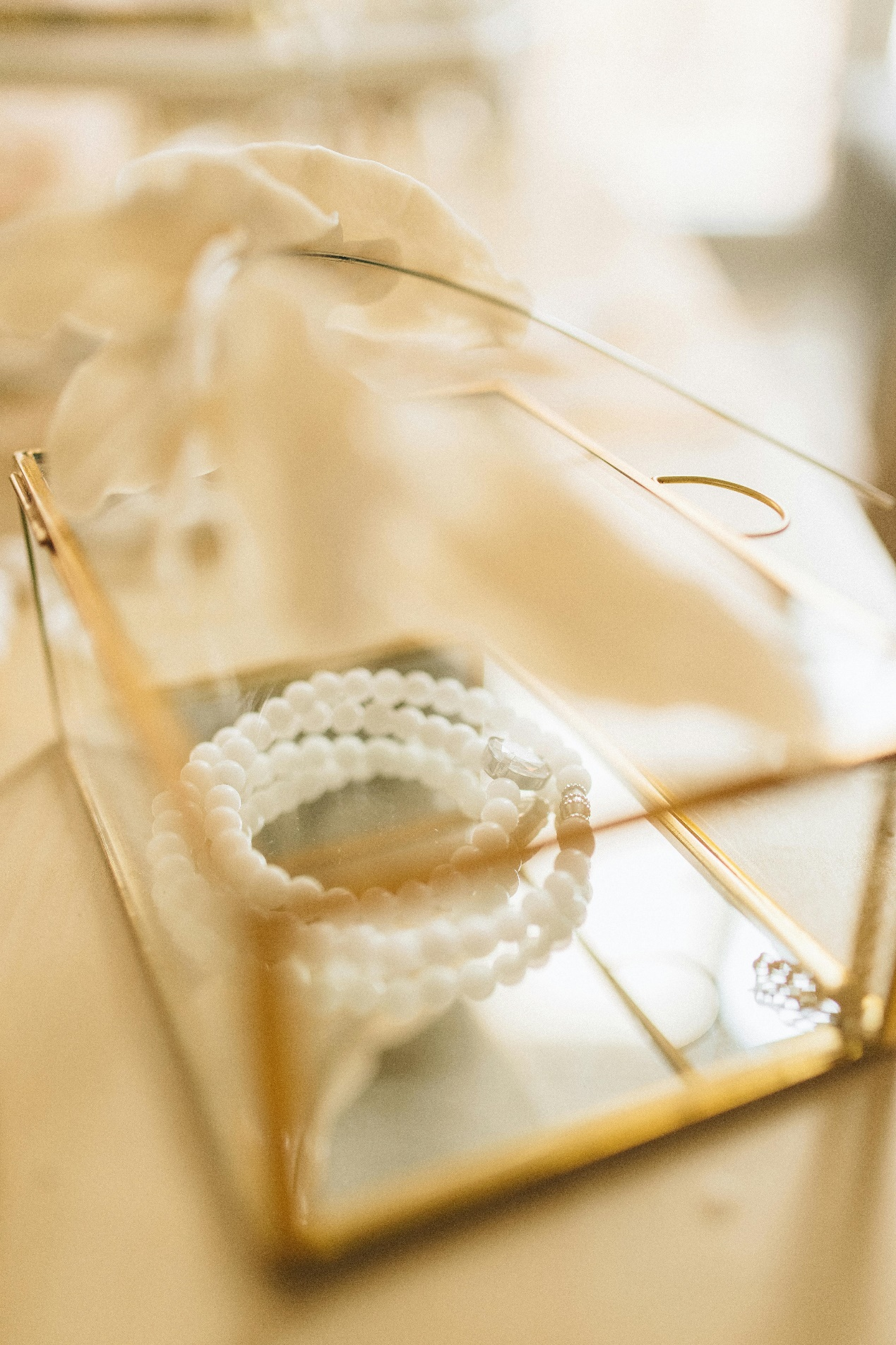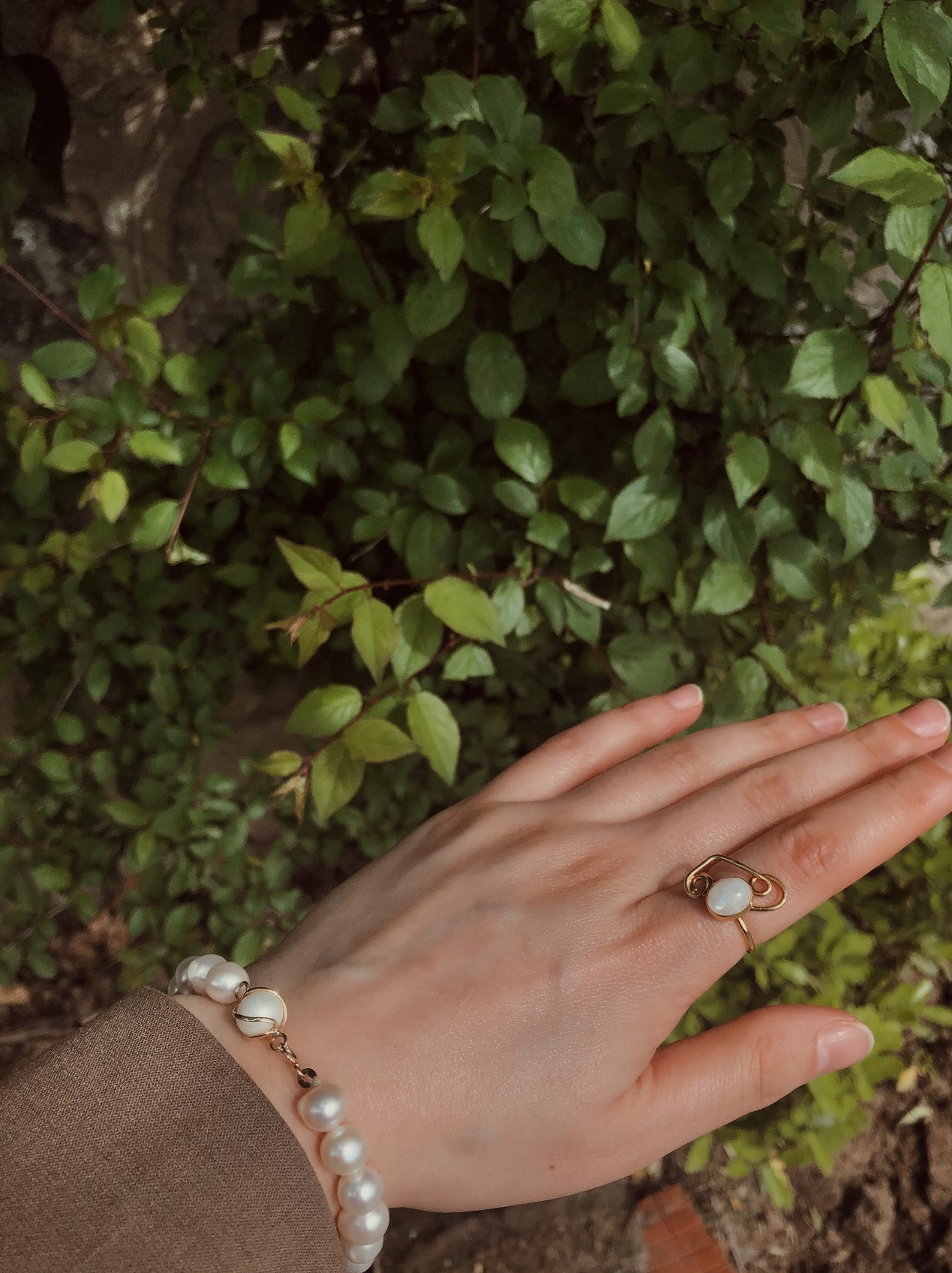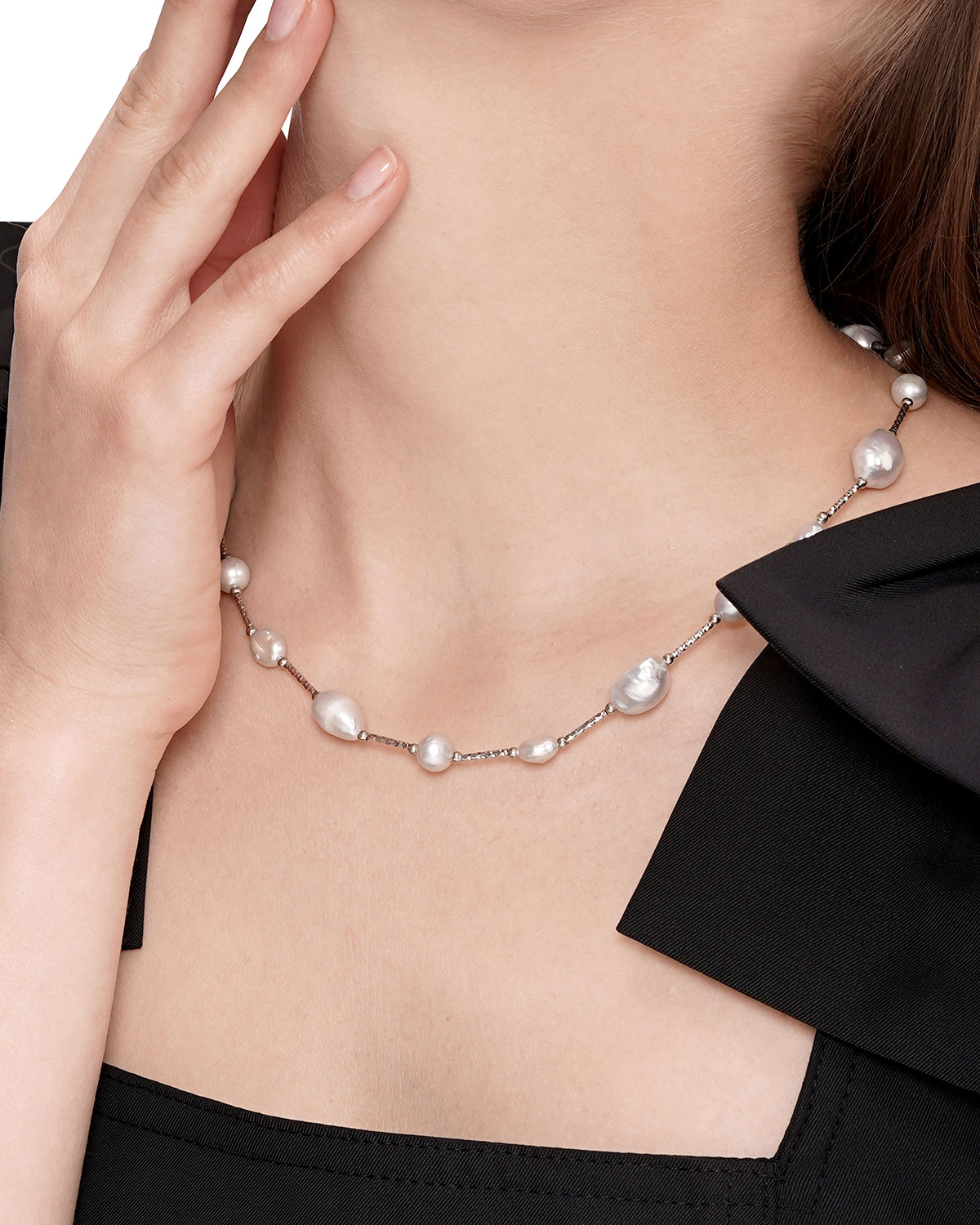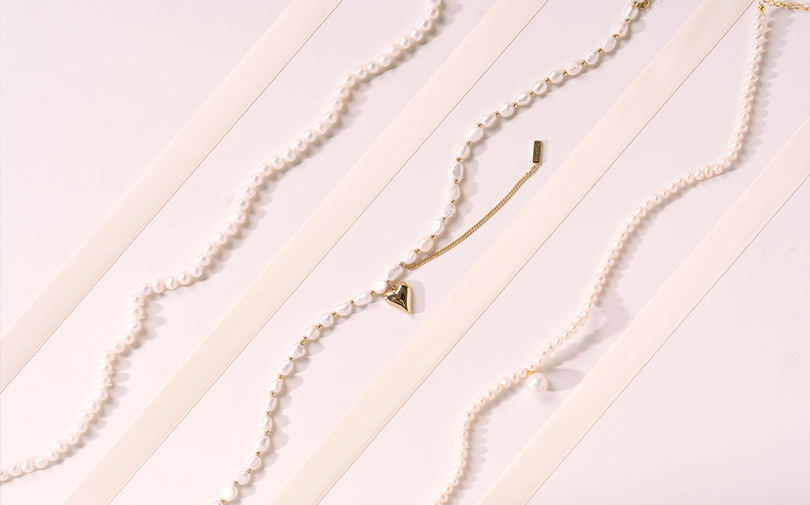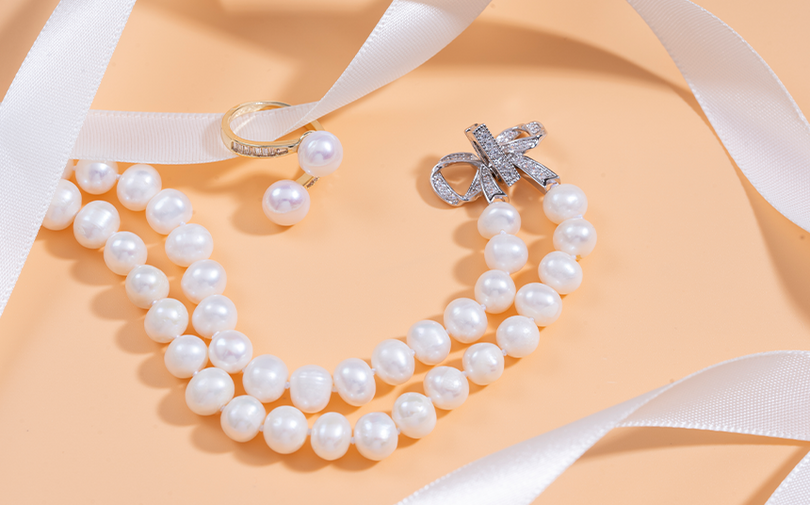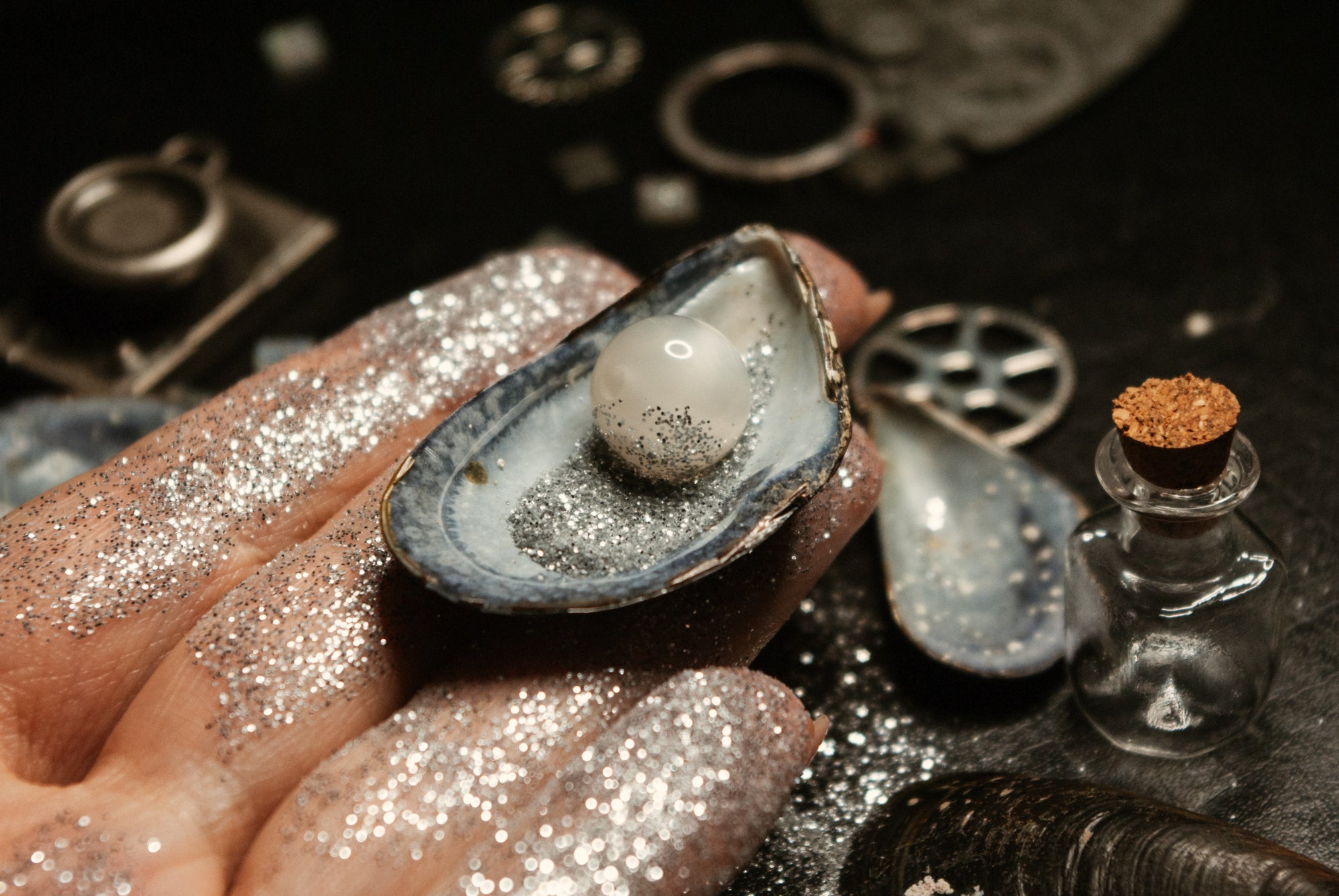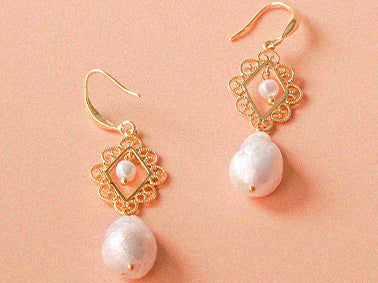Good-looking pearls are carefully selected, and a shiny, rounded work of art is extremely difficult to obtain. More often than not, pearls exhibit a degree of roughness that prevents them from being used to create high-quality jewelry. The surface quality of a pearl includes imperfections and luster. A pearl's blemishes are internal and external defects that cause the surface of the pearl to be unsmooth and unattractive. Luster, on the other hand, refers to the total degree of how many imperfections a pearl has.
The quality of a pearl's surface plays a vital role in the value of the pearl. Although most pearls have some imperfections, the fewer the imperfections, the higher the value of the pearl. Generally speaking, pearls can be categorized into four grades depending on their surface quality:
① Clean pearls: either free of blemishes or with tiny imperfections not visible to the naked eye. They are the highest quality pearls and the most valuable.
② Slightly spotted pearls: these pearls have small imperfections, but most people don't notice them. Only a trained pearl grader can detect these minor imperfections.
③ Moderately spotted pearls: these pearls have obvious blemishes. There may even be one or two very noticeable spots.
④ Severe spotted pearls: these pearls have significant blemishes and are therefore worth the least because their flaws are obvious.
The common imperfections on the surface of pearls are: waistline, bulges, depressions, wrinkles, breaks, nicks, spots, pinholes, scratches, flaking marks, cracks and pearl scars. Since they are naturally formed, pearls are all more or less flawed. Generally speaking, the more spots a pearl has, the less valuable it is. Moreover, with the passage of time and increased wear, pearls will gradually suffer from losses. However, for pearls with historical significance, the passage of time increases their value instead, as they represent not only the value of the pearl itself, but also the precious significance of history.
When you purchase a pearl, look carefully at the surface of the pearl. Since pearls are natural and not all of them are perfect, minor imperfections are normal. However, overly noticeable imperfections should be considered with caution as they can drastically reduce the value of the pearl. We hope that your understanding of the surface qualities of pearls will give you more insight into choosing a pearl that meets your tastes and preferences. Pearls are a masterpiece of nature, unique in that each one has its own distinctive characteristics and beauty!
